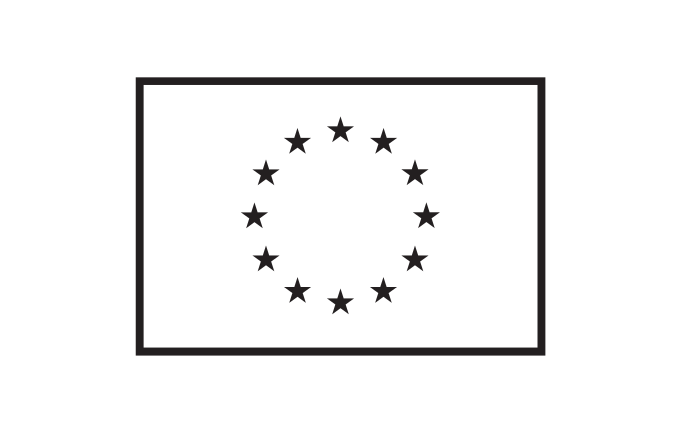Pentraxin-3 (PTX3), a pattern recognition molecule and a component of the humoral arm of innate immunity, acts as an ancestral antibody and plays multifunctional roles in complement activation and inflammatory response, but its roles on complement activation and regulation in infectious diseases such as COVID-19, Staphylococcus aureus infection and Malaria are not known. The short pentraxins C-reactive protein (CRP) and serum amyloid protein P (SAP) have been known as classical acute phase proteins (APP) for over a century.
PTX3 has been identified as the first long pentraxin in the ‘90s. PTX3 has a dual relationship with the complement system. On one hand, it activates complement by binding its first component C1q, after a focused binding to their targets to facilitate the actions of Macrophages and DCs; on the other, it interferes on the C3b stage to prevent excessive damage and inflammatory response. The latter are based on the ability of pentraxins to interact with complement inhibitors C4bp or factor H (FH) . C4bp binds to SAP, while FH binds to both CRP and PTX3 (Haapasalo and Meri, 2019). Other functions include the property of PTX3 to modulate tissue remodeling and angiogenesis. Most of the understanding are gained from in vitro assays, animal models and genomic studies. Benefitting from the theoretical and methodological premises, the study adds interdisciplinary approaches, combining biochemistry, microbiology, immunology, bioImaging, informatics and statistical science to seek the scientific answers.
The project focuses on studying the interplay between PTX3 and the complement system upon microbial invasion. The central question is: What roles does PTX3 play in acute infections, by SARS-CoV-2, Plasmodium and Staphylococcus aureus, and what are the underlying molecular mechanisms? Specifically, 1) how is it involved in the innate immune responses, on complement activation and regulation, on inflammation and 2) on the microbe’s evasion strategy? 3) How to develop PTX3, FH, or FHR -based therapeutics? Three lines of activities at different level of development will be pursued, which concern SARS-CoV-2, Plasmodium, and Staphylococcus aureus. Objective 1) is to investigate the molecular mechanism on pathogen recognition and complement activation by PTX3. Objective 2) is on mechanisms of complement evasion by microbes, and proteomics analysis to find out the microbial proteins that hijack central complement component C3/C3b. Objective 3) is to visualize molecular interaction in real times. Objective 4) is exploitation by extending the findings to clinical applications.






